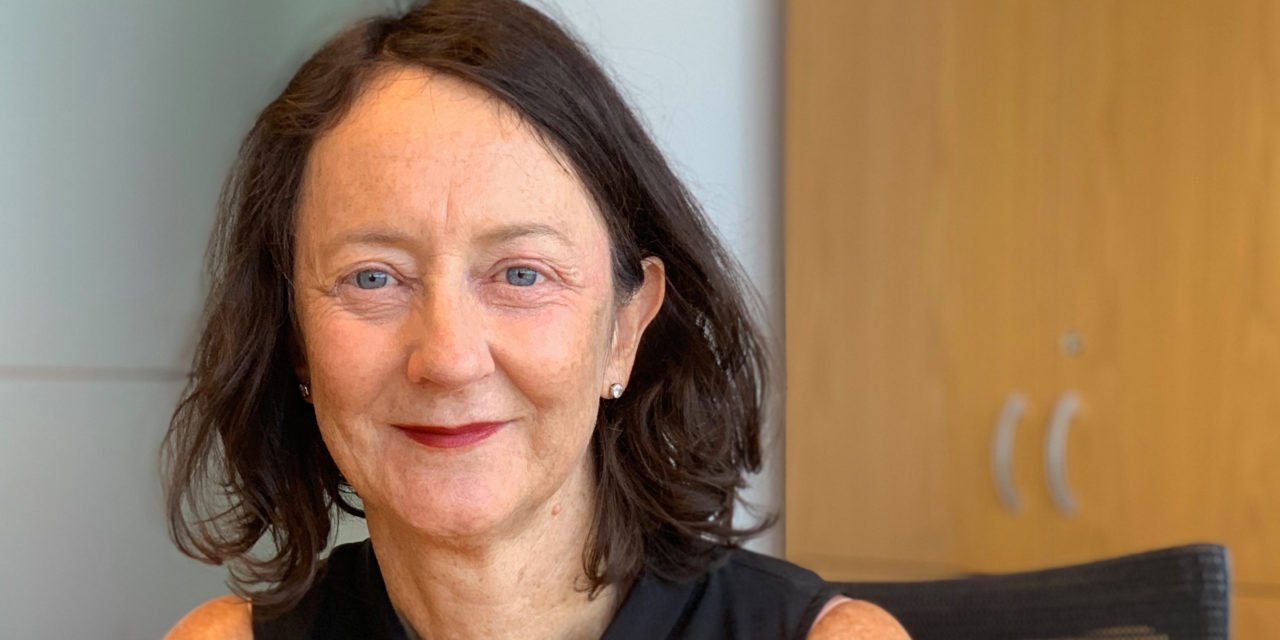AUTHORITIES from Australia and New Zealand have met in Auckland for talks on combating new threats like African swine fever.
The meeting occurred two decades after the establishment of the Consultative Group on Biosecurity Cooperation, set up in 1999 under one of the world’s most comprehensive trade pacts—the Australia-New Zealand Closer Economic Relations Trade Agreement.
Today that cooperation extends from harmonised regulation into high-tech fields.
Australia and New Zealand last year began simultaneous world-first trials or a Real Time Tomography Scanner with a 3D x-ray unit at Melbourne International Airport and Auckland Airport, as well as automatic algorithms to improve detection and targeting of threats.
“Detecting biosecurity risks at the border has never been more important for both Australia and New Zealand, with increasing passenger, mail and cargo numbers bringing economic and tourism benefits, while also raising biosecurity risks,” said head of Australian biosecurity, Lyn O’Connell.
“Our close biosecurity cooperation with New Zealand is a pillar that helps uphold trust and a two-way trade relationship in goods and services that last year was worth more than $29 billion,” she said.
“Through this group we have been able to limit the risks posed by diseases such as foot and mouth and African swine fever, while jointly trialling world-first technologies like 3-dimensional X-ray scanners that can help strengthen the ability of both countries to detect biosecurity risks into the future.”
Since October 2017, the group has been known as Australia-New Zealand Biosecurity Cooperation.
Senior members meet to discuss trade opportunities, while keeping both countries protected from biosecurity threats.
The ANZBC provides advice and direction to harmonise animal and plant health measures that could affect cross-Tasman trade, as well as two-way investment worth more than $143bn in 2018.
Since the group’s establishment, both countries have held exercises to deal with a potential breach of biosecurity protections by devastating foot and mouth disease and other exotic threats.
Both countries share information and have over 20 years built strong trust and confidence in each other systems, while maintaining trade.

